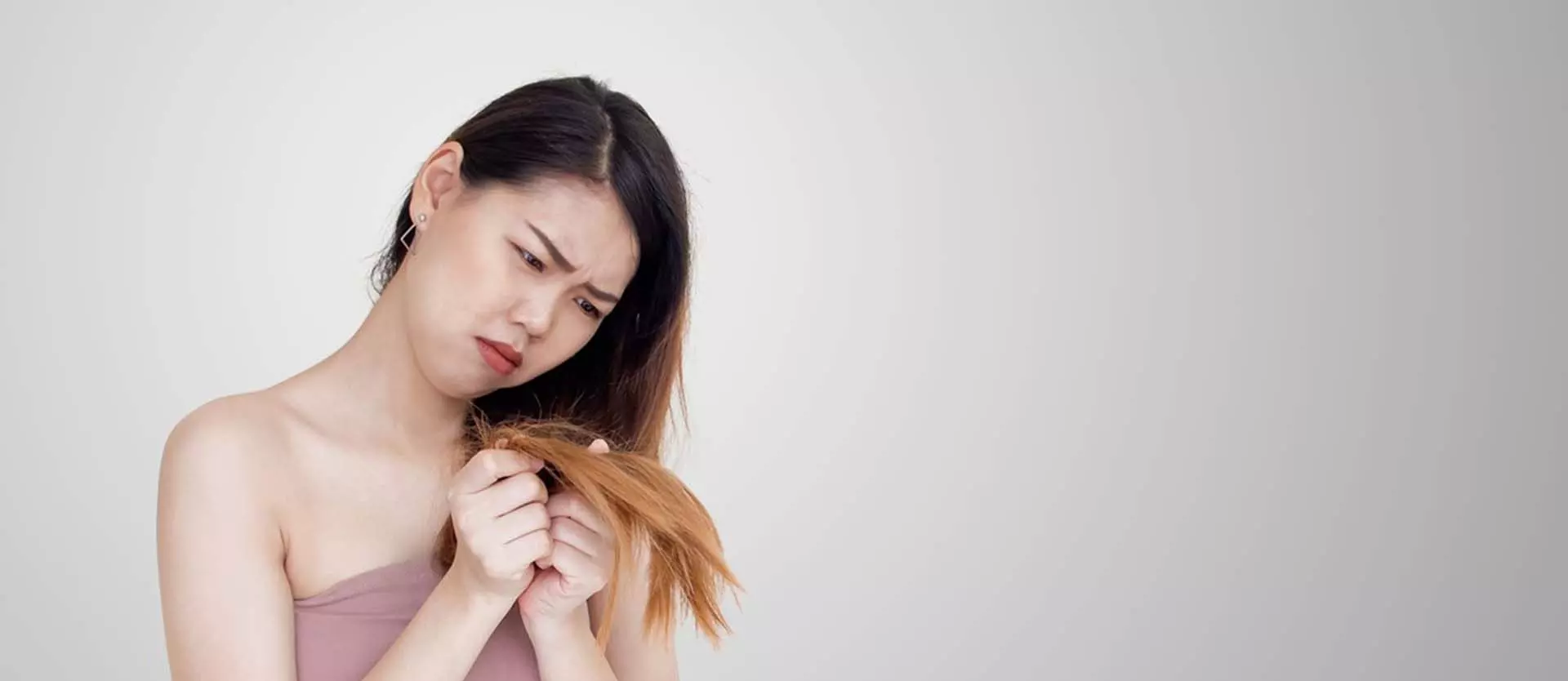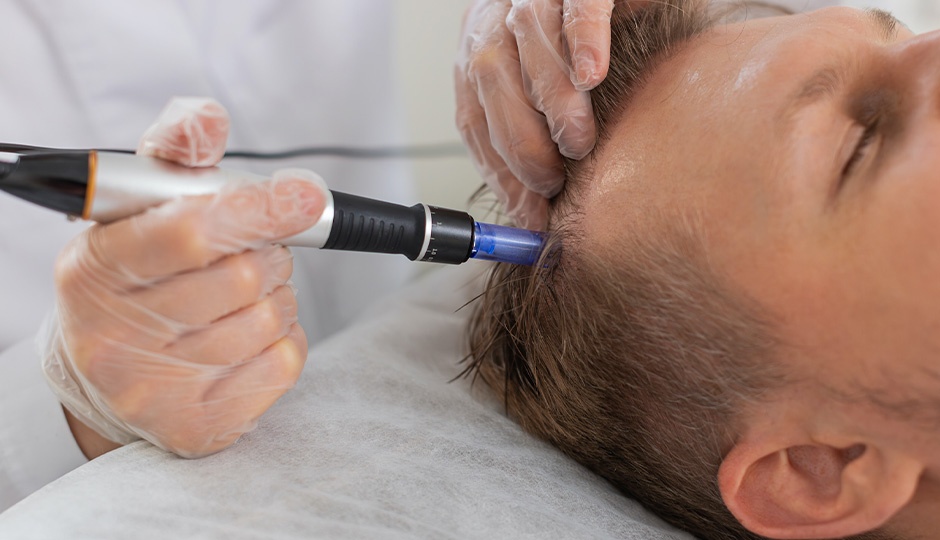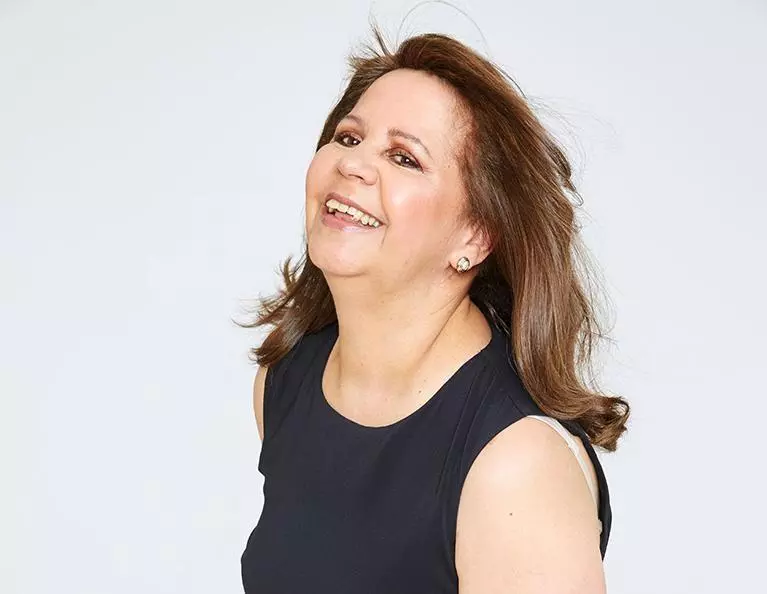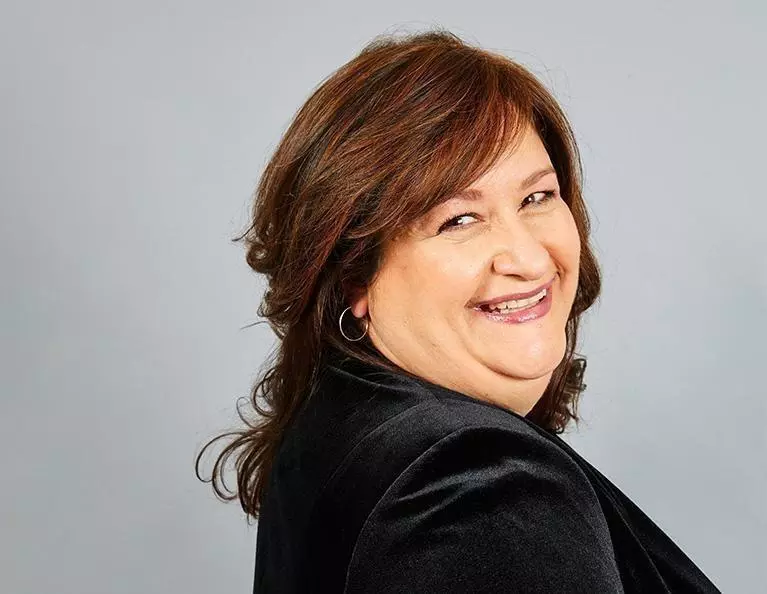Hair breakage can be one of the most frustrating aspects of styling and maintaining hair. It may be avoidable if you can determine the underlying cause of it as well as make changes to your hair treatment processes to eliminate risk.
Breakage occurs when there's damage to the structural integrity of the hair strands. When hair is healthy, the inner cuticle has overlapping scales. This helps to hold the strand of hair together. However, there are some situations where the scales begin to fall apart. When this happens, it can lead to significant damage causing the hair to break at various levels. This can also lead to intensely dry, brittle, and frizzy hair.
Why does it happen? Here are a few key reasons it can occur.
1: Over Processing Hair
The more chemicals put into a hair, the more damage occurs to each strand. This includes the use of relaxers, perms, and straightening products. Even overcoloring the hair – coloring it too often with harsh chemicals – can cause this to happen. While a person's hair can go through these stressful situations and recover, the more frequently this is done, the more damage occurs without enough time for restoration. It's best to keep time between significant treatments like this. Ideally, you should have 8 to 10 weeks in between coloring or relaxers when your hair has damage.
2: Poor Diet
Healthy hair requires a nutritious diet. There is no doubt that if your body does not have the nutrients necessary to create strong, healthy strands of hair that it cannot do this. Strong hair is dependent on nutrients such as folic acid, iron, and zinc. It also helps to have a diet that's packed with antioxidants as this can both work as a protectant and a way to remove toxin buildup in hair. Improving your diet can help, over time, reduce the risk of hair breakage.
3: Heat Damage
Over styling, your hair with heat is another key problem. When you use anything that contains heat – such as rollers, hairdryers, curling irons, and flat irons, you are applying intense heat to the strands of hair. As that happens, it breaks down the hair significantly, causing damage to the structure.
That's not to say you cannot use these styling methods. Rather, it is best to allow your hair to heal and overcome the damage first. Then, use these styling products properly. For example, it is a good idea to take about a week off from using these styling tools. Then, use them at a lower heat setting. Another strategy is to use ceramic versions of these tools. They are less damaging to the hair structure and provide the same level of change to the look of your hair.
4: Stress
Stress is not good for any component of your health and wellbeing. Your hair can show signs of stress by becoming brittle and breaking. Stress causes the release of the hormone cortisol into the body. That hormone isn't meant to remain in your hair for a long period of time. When it is, it can cause problems with the hair growth cycle. You may also notice more of your hair falling out as a result of high amounts of stress. Reducing your stress levels can help to reduce the damage to your hair.
5: Dry Hair
Hair without enough moisture is a common problem associated with breakage. The dryer the hair is, the less moisture is present to allow it to bend and flex as it should. In fact, if you have dry hair now, that's likely to be a warning sign that your hair will start to break. This can be brought on by over styling and washing your hair with the wrong products low humidity levels, as well as too much heat use. It can even happen if the weather is just very dry. The solution here is to use deep conditioners and washing your hair with a mild/gentle shampoo that is sulfate and paraben free.
While hair breakage is a common problem, it does not have to be an ongoing concern. Looking for the right treatment option can help you to see significant improvement. Changing up your styling methods is the foundation of reducing hair breakage like this.
To learn more about how to repair damaged hair from breakage, contact the team at Unique Hair Concepts for a complimentary hair and scalp analysis.






